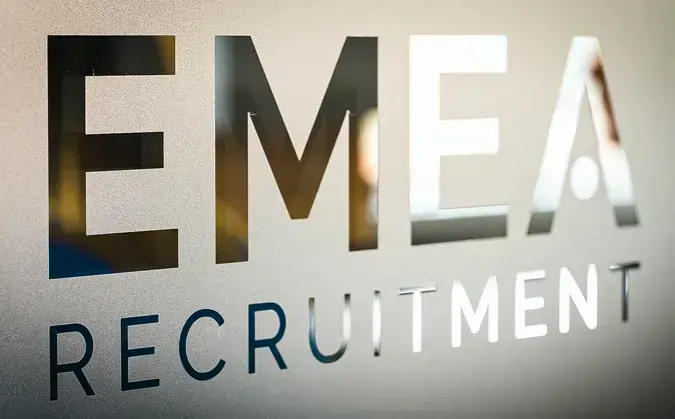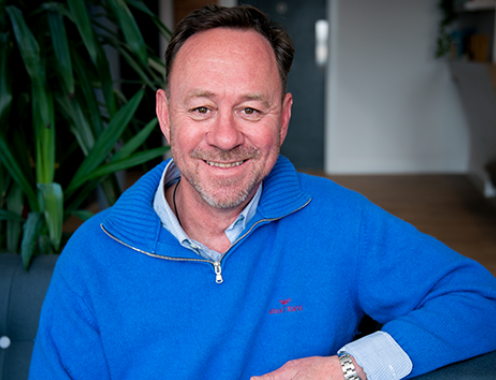Equity, Diversity & Inclusion
Giving every client and candidate the best recruitment experience


EMEA Recruitment is committed to promoting Equity, Diversity, and Inclusion in the workplace.
We act as a neutral third party in the recruitment process, basing our candidate searches on skills and experience. We do not discriminate on the basis of age, gender, sex, relationship status, disability, race, religion/beliefs, or sexual orientation.
We champion candidates based on their skills and experience, promote an equitable hiring process, and challenge bias from our clients.
We work proactively with clients to understand the impact of explicit and implicit bias on the hiring process, and to avoid stereotyping and discrimination.
We also raise awareness of cultural holidays, historical events, and the experiences of marginalised groups among our staff and network, to keep them informed of differences and promote an inclusive world.
ED&I Training
Valentina Coco, EMEA Recruitment’s Ambassador, leads our in-house ED&I training. She equips our Recruitment Consultants with the knowledge and skills on how to challenge bias, including their own explicit or implicit biases, and educate others on how to approach these conversations to ultimately champion the benefits of a diverse and inclusive environment, such as higher performance, better decision making and stronger growth.
Valentina runs in-depth sessions with all EMEA Recruitment employees every year, but also provides consultancy services to answer questions or support with any issues that arise.
You can learn more about our in-house training sessions focusing on bias and how to speak to clients about D&I.
Events
We regularly host events across our international network to explore ED&I with senior leaders and professionals interested in learning more about this topic. By sharing our own experiences and hearing from others, we create a safe, inclusive environment in which everyone’s voice is heard.
Some of our most recent events include:
- The Relevance of an ED&I Strategy and How to Implement It
- Unveiling Unconscious Bias in Talent Acquisition
- Where Should D&I sit in a Company?
If you are interested in attending similar events in the future, please email [email protected] with the topics you would be interested in and the country you are based in.
Talent Attraction
To attract talent to our clients’ roles, we ensure the language we use in our job advertisements does not discriminate, to encourage applications from a diverse pool of professionals.
Our Inclusive Linguistics guidelines identify certain words that may deter specific groups from applying for a role, so we change this language to suitable alternatives.
Where possible, we remain flexible in a role’s requirements, to make sure that candidates do not feel excluded from a suitable position.
We also encourage inclusion of salary packages on job advertisements, to prevent a pay gap for minorities and to remain transparent with all applicants.
Through LinkedIn, we track our response rate to InMails by gender, in order to address any imbalances and the language used by our Consultants.
We track our response rate by gender and inform staff of any imbalances to address them. In the six months to July 2023, we are proud to report a gap of just 4%.
Candidate Selection
EMEA Recruitment selects suitable candidates for clients’ roles based solely on their skills and experience.
Before submitting a candidate to a client, we remove any characteristics such as age, gender, sex, relationship status, disability, race, religious beliefs, or sexual orientation from CVs to prevent discrimination. This also prevents any box-ticking exercises from clients.
For clients that are looking to diversify employees across their business, we can provide market mapping and talent pooling services. These bespoke exercises ensure businesses have access to a diverse range of candidates that would fit with the culture of the organisation, regardless of their age, gender, sex, relationship status, disability, race, religion/beliefs, or sexual orientation.
Latest Insights
Our vision
We create relationships to advance your ambitions, making us the bastion of people-first recruitment in Switzerland, the Netherlands, the Nordics and the wider EMEA region.
Giving every candidate and client the best recruitment experience.
Our values
Our values are a foundation for the way we work with both clients and candidates, ensuring we always put people first.
We make it our mission to understand the challenge and provide the solution.
We think creatively to inspire innovation and solve recruitment challenges.
We create relationships to advance your ambitions.













You can also use your social account to sign in. First you need to:
Accept Terms & Conditions And Privacy Policy